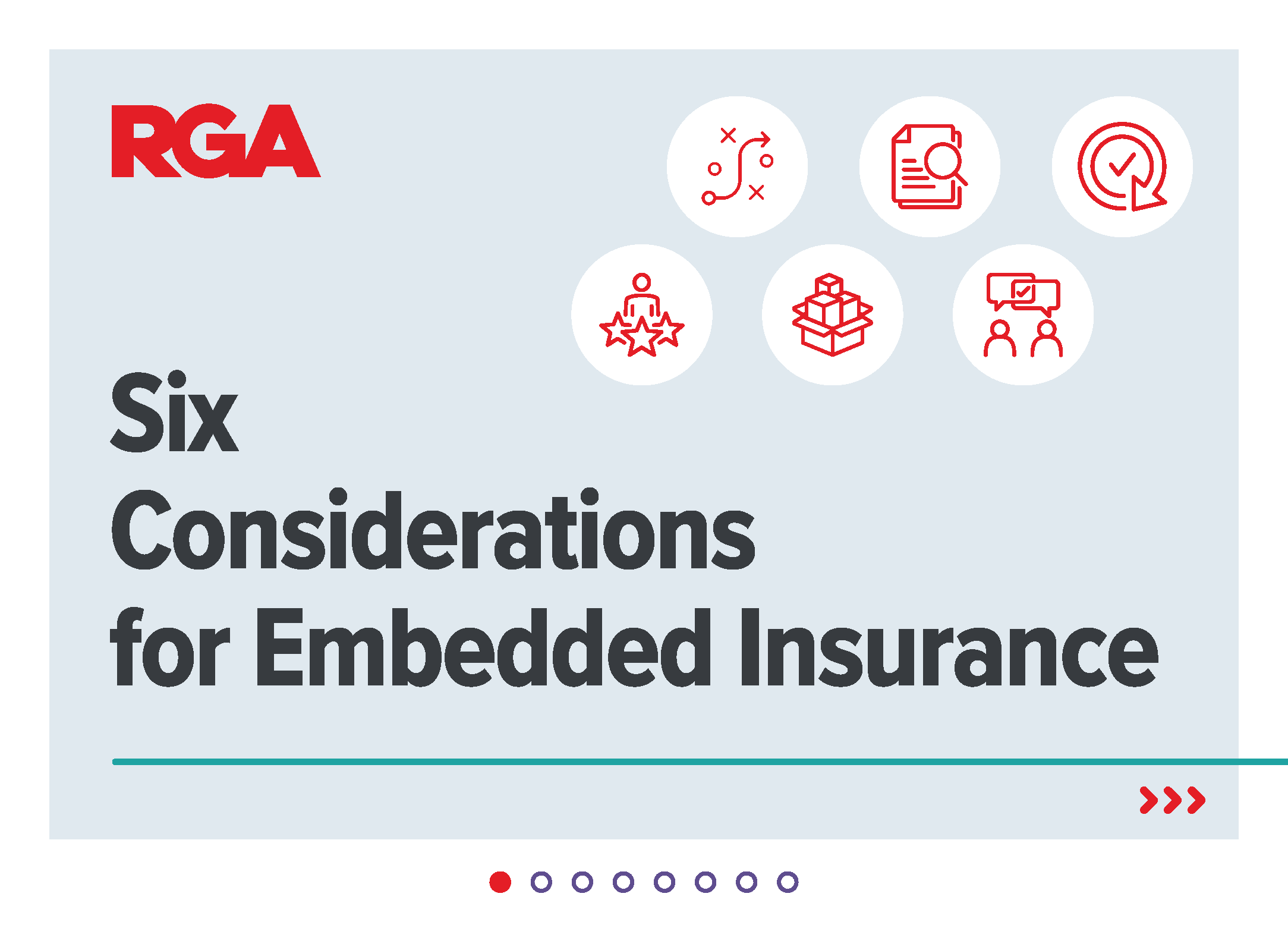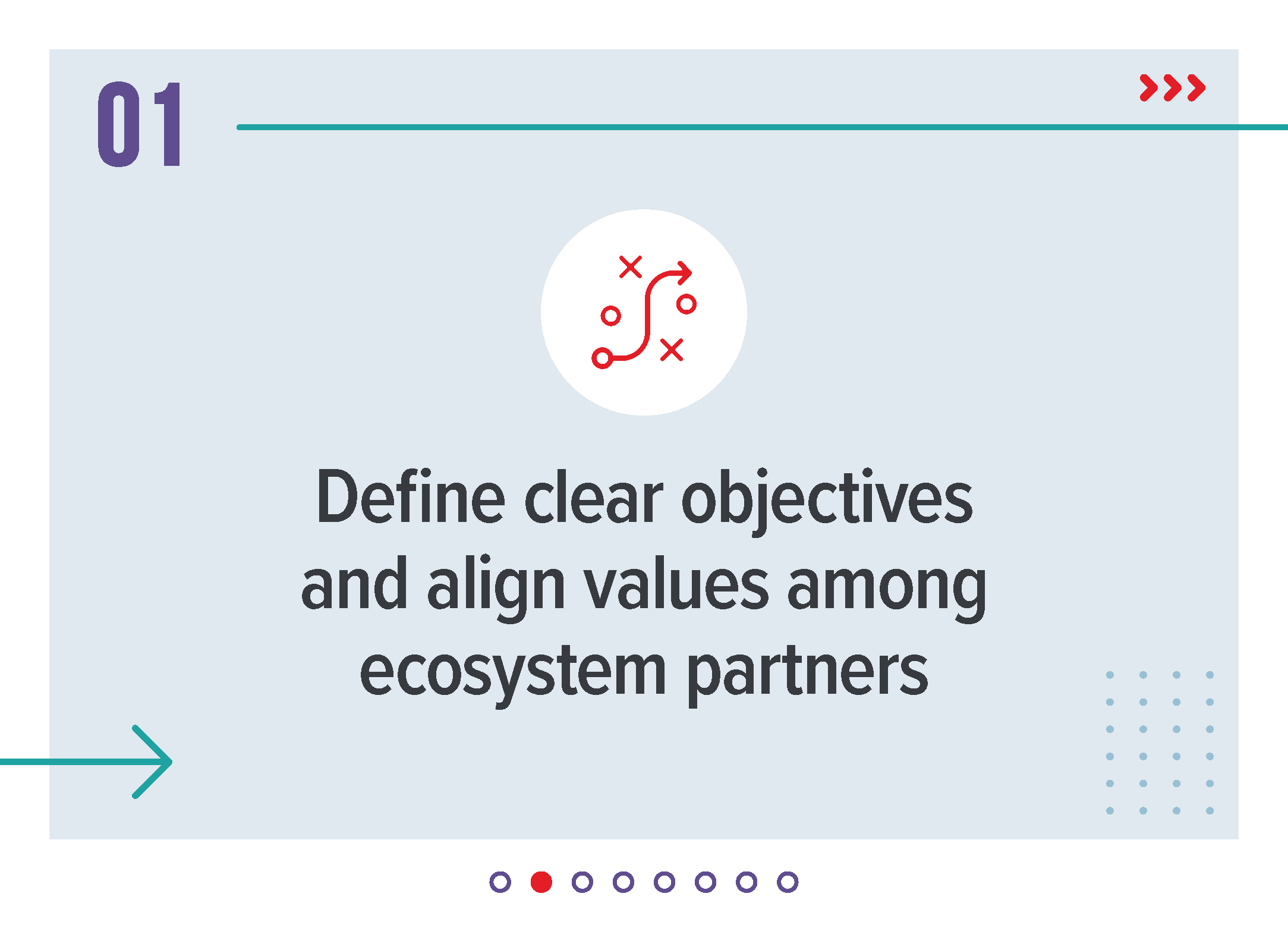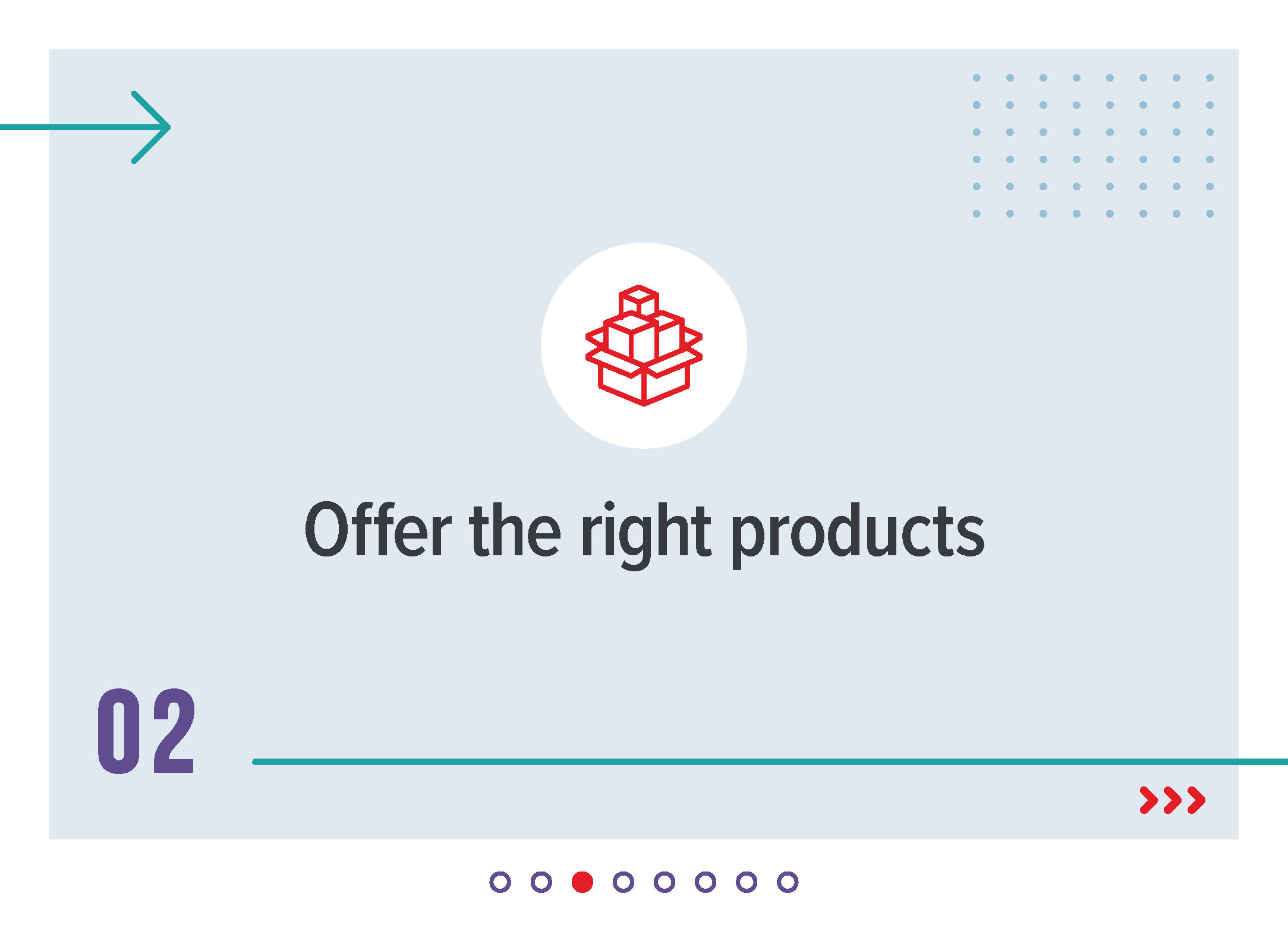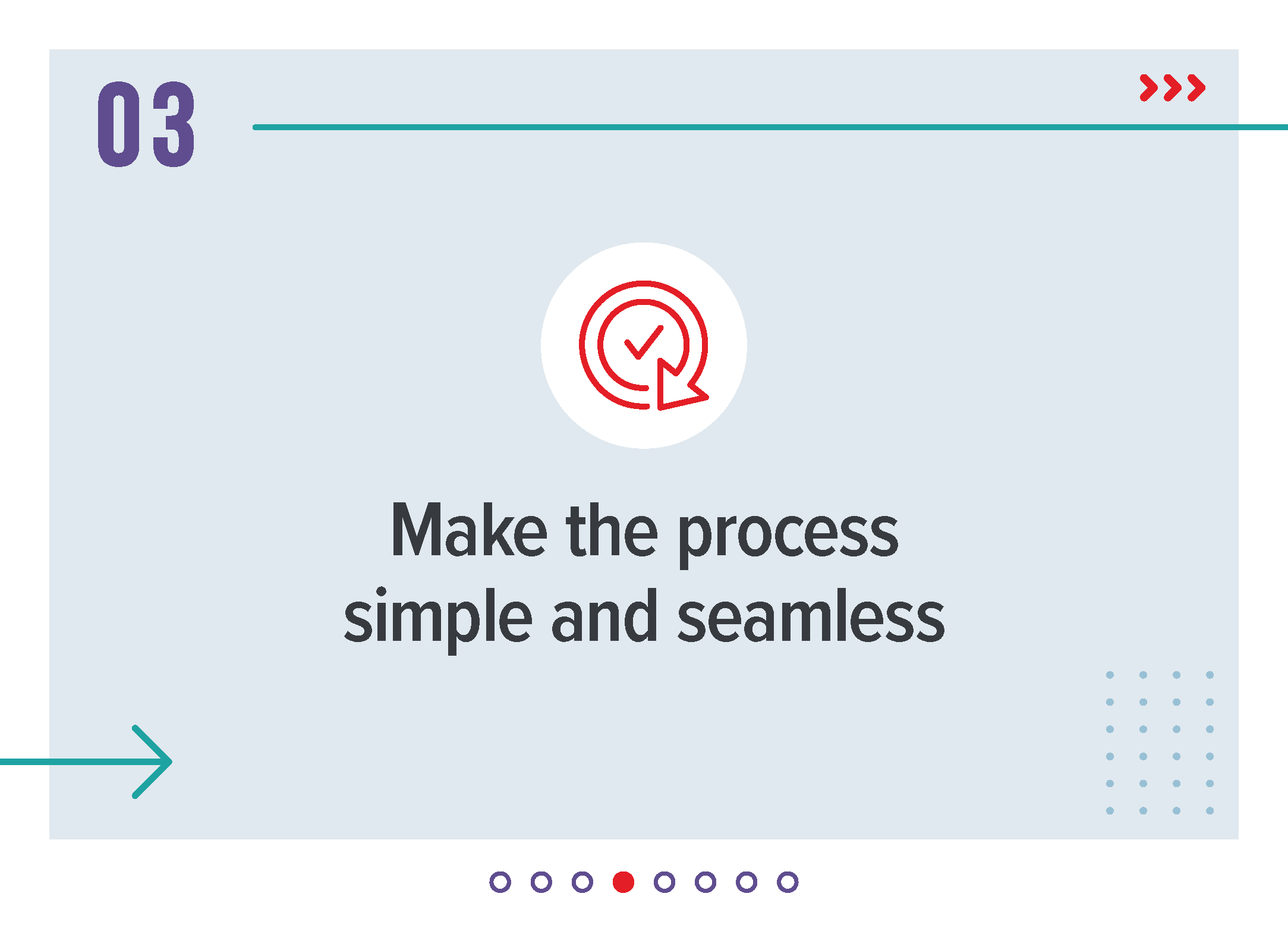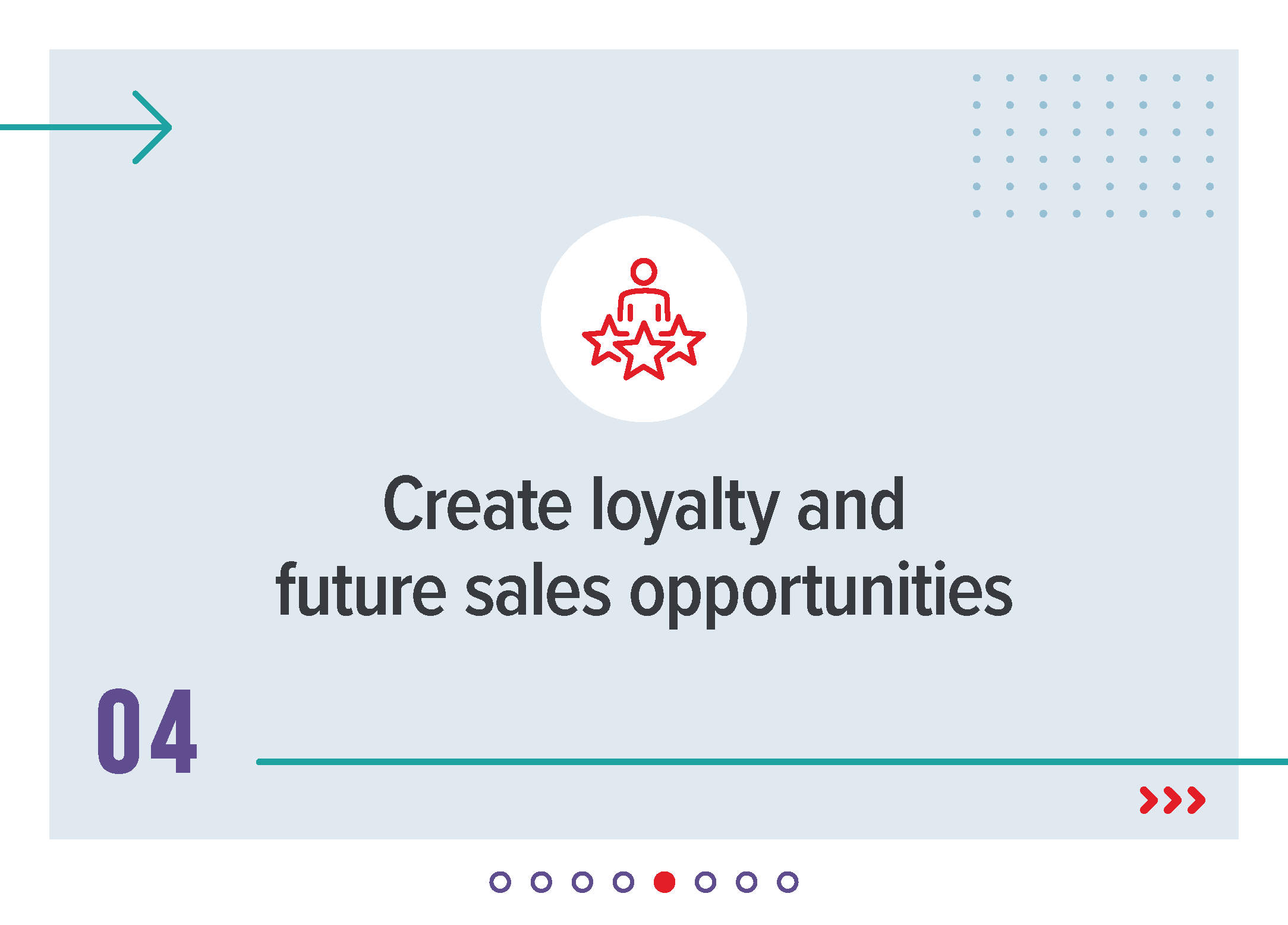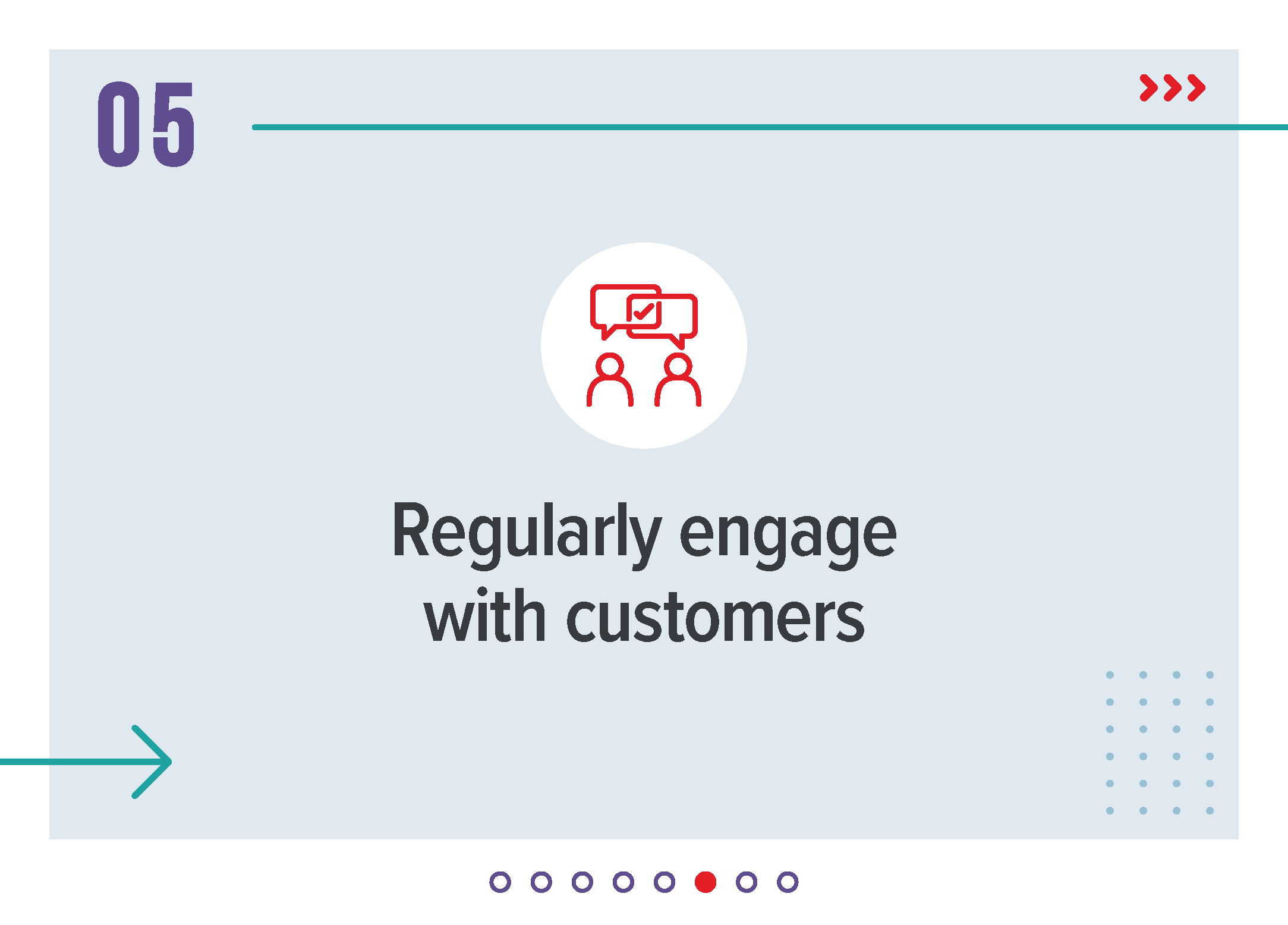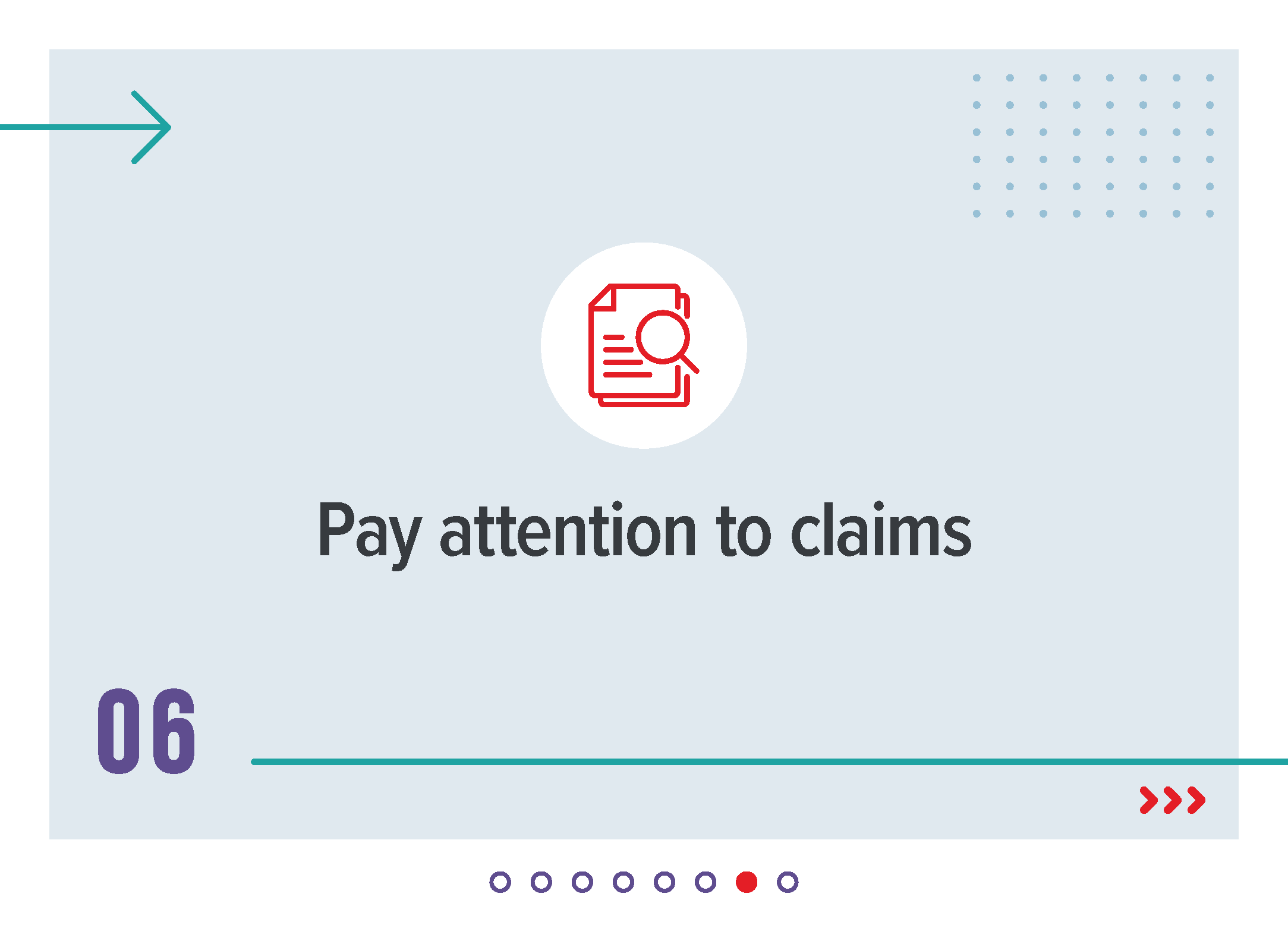- Make the process simple and seamless
The embedded insurance sales process could be described as “what happens when you’re busy making other plans.” It is a sale embedded in another sale. For both sales, you want the right buyer.
Applying predictive modelling techniques to the aggregator’s customer data can generate a list of customer targets who represent good risks. This type of pre-selection can ensure a smooth, speedy sales process as well as a strong value-for-money proposition. To this end, RGA has developed the Fast Algorithmic Simplified Track (FAST) model, a risk scoring framework that aims to simplify the underwriting process and improve customer engagement through the analysis of data accessible by banks and insurers.
It is also important for the product to be simple – both for the customer’s understanding and to enable a successful sale (a more complex product could always be recommended to the customer at a later stage). For this reason, many embedded insurance products are sold on a guaranteed acceptance basis, with a few essential exclusions and little to no waiting periods. For example, some MNOs offer their mobile customers a simple life product that provides coverage for the coming month if the customer’s monthly airtime spend exceeds a specified threshold.
When possible, collection of insurance premiums should be convenient and incorporated into the aggregator’s normal business process (e.g., airtime deduction for MNOs, charges to in-store cards for retailers, etc.)
Seamless integration among all partners within the ecosystem is vital for the success of an embedded insurance campaign. As application programming interfaces (APIs) grow in popularity, insurtech providers are building flexible, robust API technology platforms that can consume and share vast volumes of data, thereby providing the opportunity for insurers to link with several partners and consumers quickly and effectively. By seamlessly integrating insurance into a customer’s day-to-day activities – such as shopping, banking, or sending money – customers are more likely to take up those products and remain loyal to the insurer or aggregator.
- Create loyalty and future sales opportunities
Customer aggregators often use loyalty-based products to drive customer retention or specific customer behavior in line with business objectives. For example, a mobile network operator looking to strengthen loyalty or increase revenue could offer free embedded insurance to its subscribers in proportion to their airtime used. The hypothesis is that customers will experience insurance (sometimes for the first time) for a specific period, and thereafter upgrade to an upsold or voluntary product.
Loyalty products educate the market, drive scale, and create a pool of clients for upsell opportunities.
When the loyalty product is “free” to the customer, the customer aggregator typically pays the premium. In most cases, this is paid out of the customer aggregator’s (often limited) marketing budget in exchange for the expected increase in revenue due to improved customer loyalty to their core offering. Hence, all parties in the ecosystem must be aligned on the extent and duration of the embedded loyalty campaign, and subsequent transition to voluntary, upsell products. In addition, it is usually better to have a continued free base level of coverage rather than let this fall away after a period in order to force upsell. An RGA case study found that a customer aggregator offering loyalty embedded insurance improved customer retention and increased revenue.
Another important consideration for loyalty-based embedded insurance is to ensure that the product structure is in line with regulatory definitions and does not result in the inducement of policyholders. Regulations vary by region but can include restrictions on non-insurers selling insurance products and limits on sales compensation structures.
- Regularly engage with customers
Customer engagement is of paramount importance to the success of embedded insurance. The lack of customer awareness and engagement is a key factor for the low traction of some embedded insurance campaigns. To be motivated to use it, customers need to understand the concept, benefits, and value proposition of embedded insurance.
To improve customer engagement, customer aggregators can use an omni-channel approach (via physical and virtual, direct, and agent-based channels) to provide a cohesive experience and consistent information across these different channels – with variations built in for an individual customer’s needs and preferences.
Simple AI-based chatbots or SMS text-based alerts could be deployed to raise awareness and educate potential consumers about the benefits, coverage, and value of the products offered. For loyalty-oriented embedded products, insurers can apply gamification techniques to encourage customers to invest time and effort and engage with the product. Gamification drives reward-seeking behavior and a desire to continually check in to see progress or aim for the next achievement. It could also be a valuable method for communication, positioning upsell or cross-sell opportunities and enabling the insurer to gain insights into customer preferences.
By interacting and educating customers through various tools and channels, insurers can empower customers to make informed decisions, leading to higher adoption rates and stronger customer satisfaction.
- Pay attention to claims
The payment of claims is often described as the “moment of truth” in insurance. A positive claims experience drives customer satisfaction, increases renewals, and improves upsell/cross-sell opportunities. The claims process presents an opportunity for the insurer to personally engage with the policyholder and foster loyalty, which strengthens the ability to offer additional products in the future.
When administering embedded products, communicating regularly with customers about the details and extent of their coverage is key. When customers are knowledgeable about what their policy covers and does not cover, they are positioned for a more satisfactory claims experience.
Regular surveys and awareness campaigns can go a long way toward reminding policyholders and their beneficiaries of the coverage in place, its value to them, and how to claim a benefit should the unforeseen happen. Insurers should also do their part to regularly scan local death records for unreported claims and make payouts to beneficiaries.
Embedded insurance is on the rise. The need to create growth and new revenue streams is driving the implementation of embedded insurance solutions by established insurers and non-insurance companies alike. By integrating insurance sales into existing consumer processes, embedded insurance could significantly lower customer acquisition costs and, in turn, improve the affordability of coverage for millions of underserved people. When exploring whether to embed or not to embed, it is important to focus on partner alignment, product fit, seamless customer journeys, and continual engagement.



